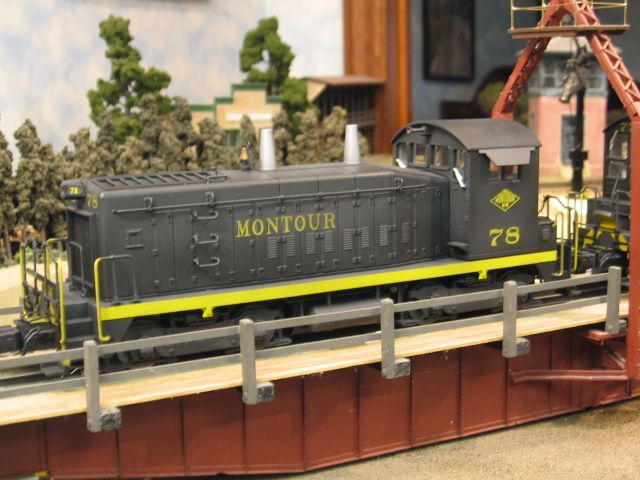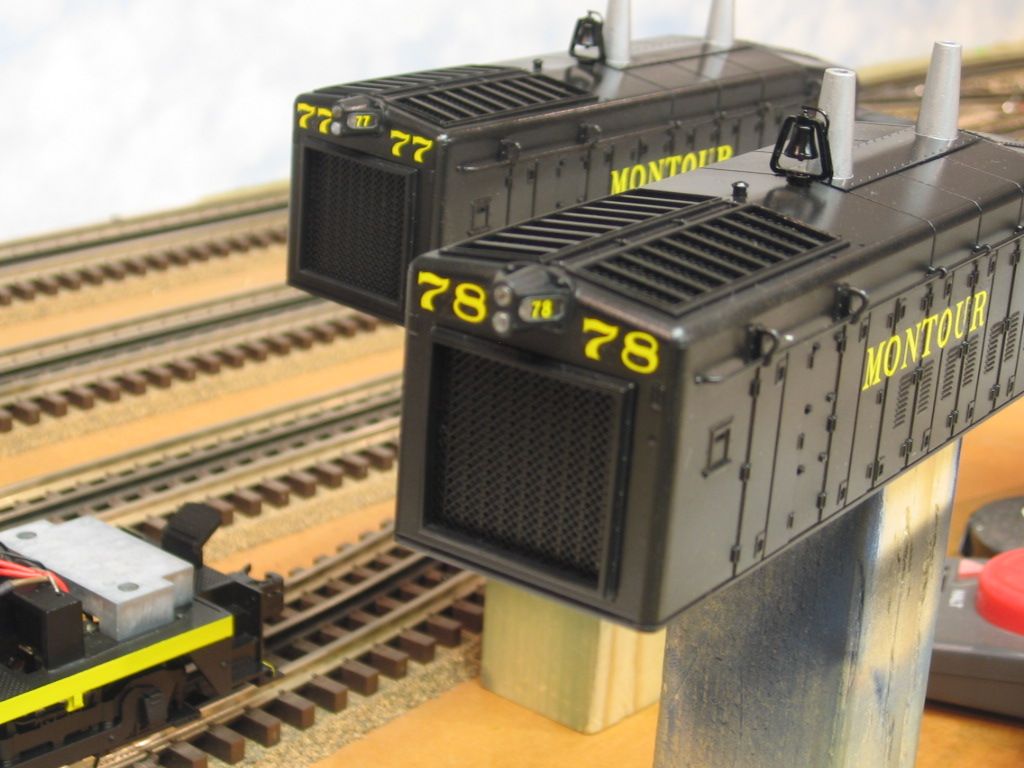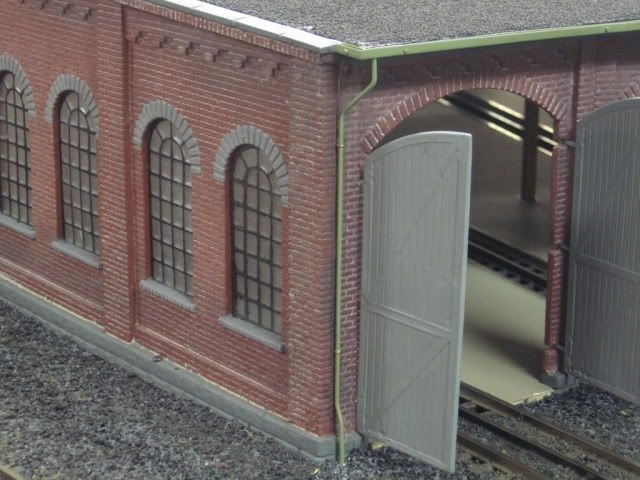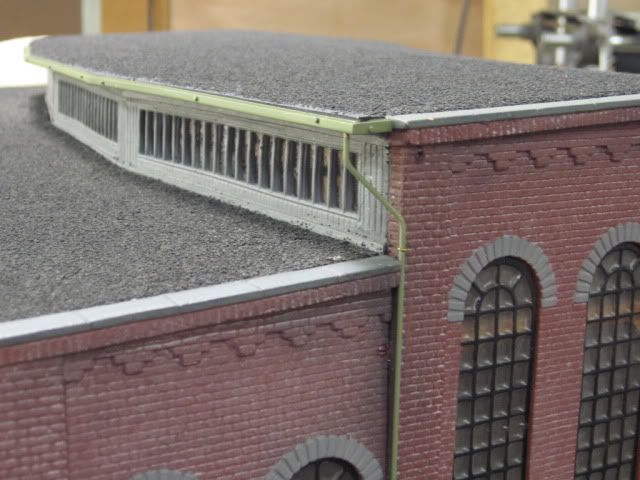That is a very complicated/involved question, or should I say several questions. There is no right or wrong way to weather items whether structures, rolling stock, or engines.
Just about everything I have weathered used several different methods, each method for a specific task. You will get many different answers to your questions as people have their own methods and reasons why they do what they do.
Easiest and most forgiving in my opion..... powders to start. Cheap, easy, and if you don't like it, just wipe it/wash it off. Remeber though, you will have to spray the project with some sort of flat finsih in order for the powders to "stick". You can't just jump in with a shiny new car, it's needs a surface with some "tooth" to begin the weathering process. You can do a simple fade with some heavily diluted acrylic paint and a wide brush or sponge brush. If you already own an airbrush you can do a lot with that too....but not so forgiving if you don't like it.
Weathering is a lot of trial and error until you find what you like and what works best for you, based on the look you're trying to achieve. Do you want some light weathering or are you doing a complete rust bucket?
Get some cheap cars to practice with...scale don't even matter.
Remember a little goes a loooong way! You can always add more, but it's pretty dificult to remove it once you've done it. Don't ruin a nice model with too much or too heavy glops of paint.
You can click on the link in my signature to se a few of the cars I've weathered. As I stated above, they all used several methods, and took 3-4 hours each. Extreme yes, it doesn't have to be done like that, thats just what I do.














